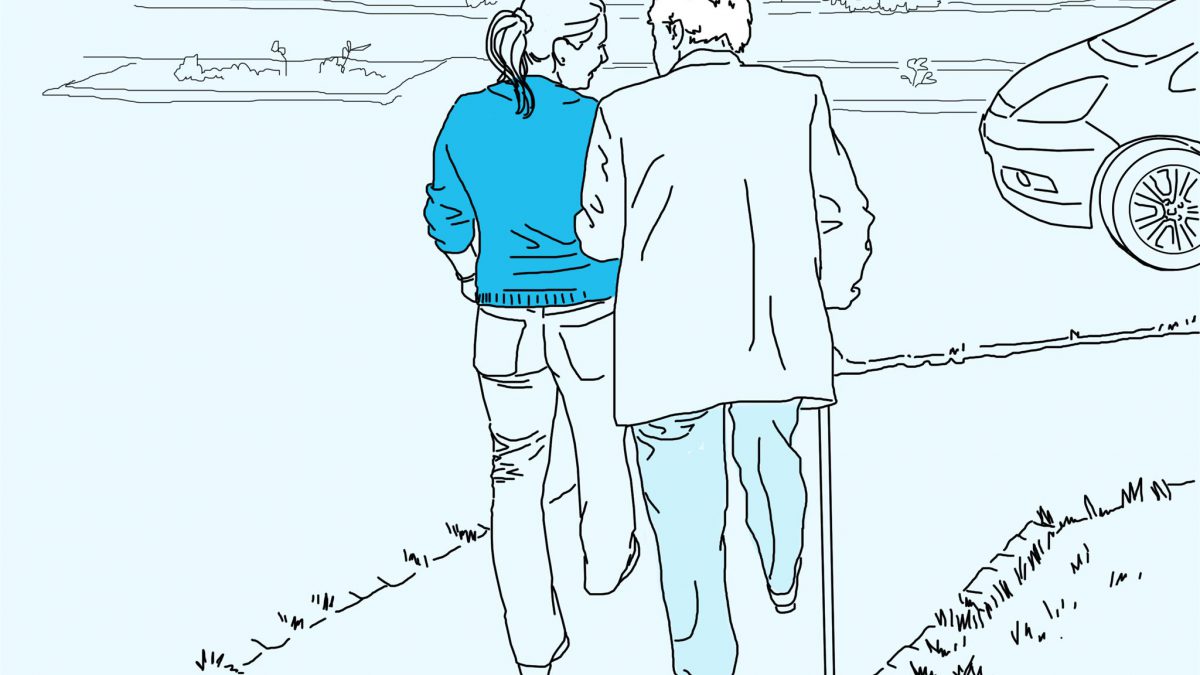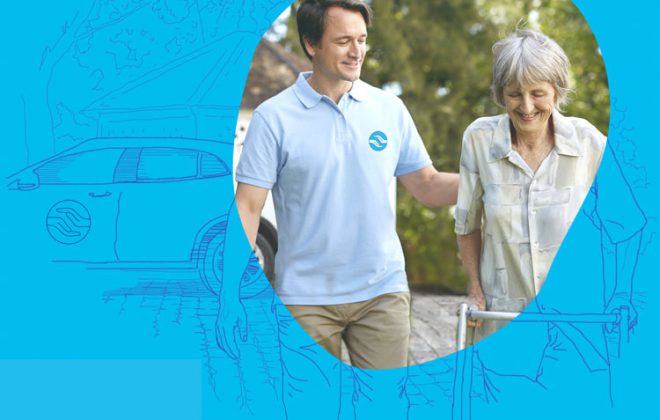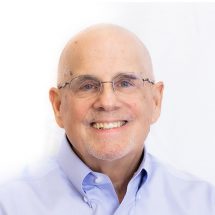How Non-Emergency Medical Transportation Improves the Health Status of any Community
Healthcare is an industry that loves “buzzwords” and if you study the evolution of today’s healthcare system you will definitely hear the term “Social Determinants.” Both providers and payors are realizing that improving the health status of any defined population takes more than focusing on clinical care. Numerous studies have shown that clinical care only accounts for about 20% of health outcomes with the remaining 80% being influenced by social and economic factors, health behaviors and a person’s physical environment. (1)
We have previously mentioned how the lack of transportation can negatively affect health outcomes and lead to higher costs of care. A study by the American Hospital Association highlighted a number of challenges that contribute to the lack of transportation and each has potential impact on a community ’s health status:
- Vehicle access – Individuals with access to private transportation are more likely to go to a medical appointment than those who rely on public(2)
- Transportation affordability – This factor especially impacts vulnerable populations and people earning between $5,000 and $30,000 have been shown to spend 24% of their income on transportation.(3)
- Community Infrastructure – Communities that are transit oriented have repeatedly demonstrated healthier outcomes.(4)
- Place, time and distance – There is a direct association between poorer health outcomes and how far individuals live from health care facilities they need to access.(5)
All these factors taken together provide the ingredients for a “Transportation Desert.” This occurs in communities where transportation demand far exceeds supply. This is not just a big city phenomenon. It can, and does, occur in communities of all sizes across the United States. In our next article we will discuss the health, social and financial impacts that Transportation Deserts present and how companies like SendaRide are working to solve these issues.
(1)Health Research & Educational Trust, 2017
(2)Robert Wood Johnson Foundation: 2012
(3)Dickersin-Prokopp, C. (2014, January)
(4)Robert Wood Johnson Foundation: 2012
(5)Kelly, C., Hulme, C., Farragher, T. & Clarke, G., BMJ Open (2016)
Greg Meyers, Director Strategic Growth
Related Posts
Recent Articles
- Dialysis Treatment and Transportation August 8, 2023
- Importance of Transportation for Hospital Systems April 17, 2023
- Background of PACE; why transportation is vital for PACE programs April 3, 2023
- Cancer Survivor Gives Back March 30, 2023















![Rachel Kern[8115] Rachel Kern[8115]](https://www.sendaride.com/wp-content/uploads/2019/06/Rachel-Kern8115-214x214.png)


























